Catching up in London with Bombay Dyeing heartthrob Karan Kapoor, who comes to the city with images of the Anglo Indians in Mumbai and Kolkata
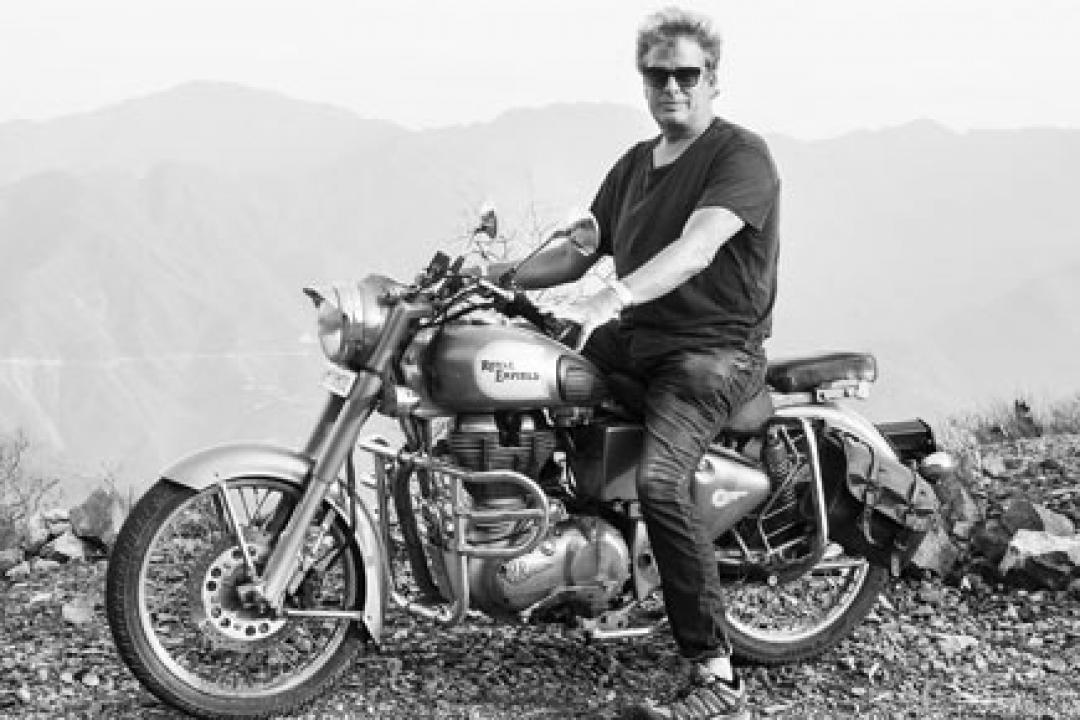
Karan Kapoor returns to Mumbai for his first photo exhibition
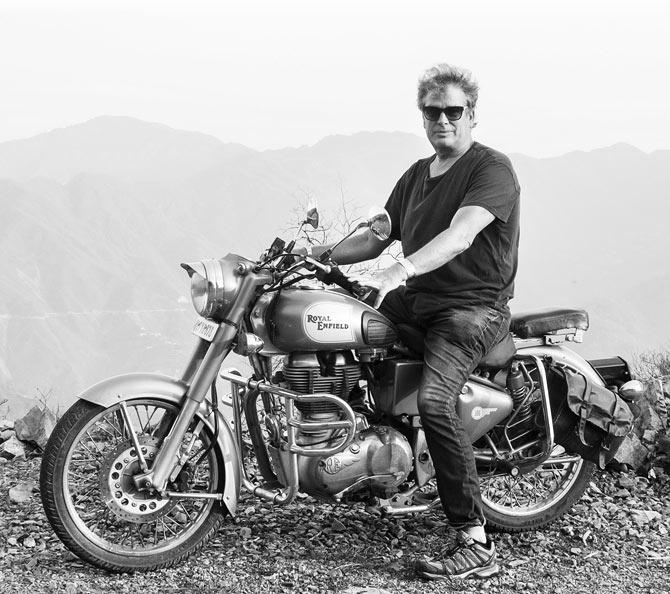
Royal enfield: tanya stagnetto; portraits: stuart mcclymont
ADVERTISEMENT
 London: IT’S A trip down memory lane,” says Karan Kapoor as he browses through a collection of photographs he took 30 years ago. “It made me think of how important this stuff is. I had no idea until I began digging it up.”
London: IT’S A trip down memory lane,” says Karan Kapoor as he browses through a collection of photographs he took 30 years ago. “It made me think of how important this stuff is. I had no idea until I began digging it up.”
Kapoor, the ‘reticent’ grandson of Bollywood showman Raj Kapoor and son to Shashi Kapoor, is anything but reticent today as he speaks passionately to mid-day at a French café in west London about his photography, stint in Bollywood, his Hindi, his years in Mumbai and life beyond the tinsel town.
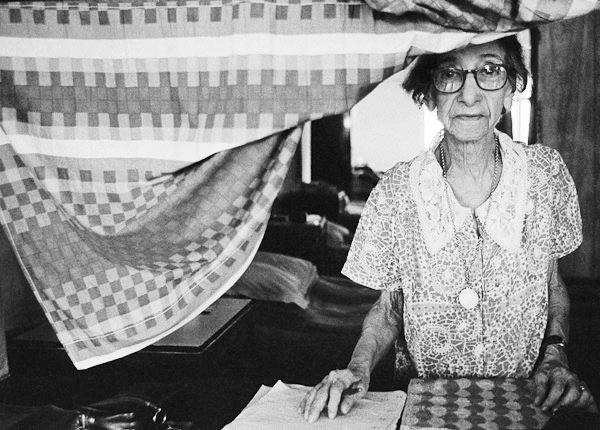
Andheri, Bombay, 1981
At 54, Kapoor is every bit the Bombay Dyeing ‘Dream Lover’ of the 80s when his chiselled looks took the advertising world by storm. His smile remains an instant reflection of his famous actor father, whom he greatly admires. “When my mother (British actor Jennifer Kendell) passed away in 1984, I moved to Mumbai from USA to be with my father and to make sure he is all right.”
This was when the child actor took the real plunge into Bollywood. “I did a few films. It was a great experience. The films didn’t do very well though,” he laughs.
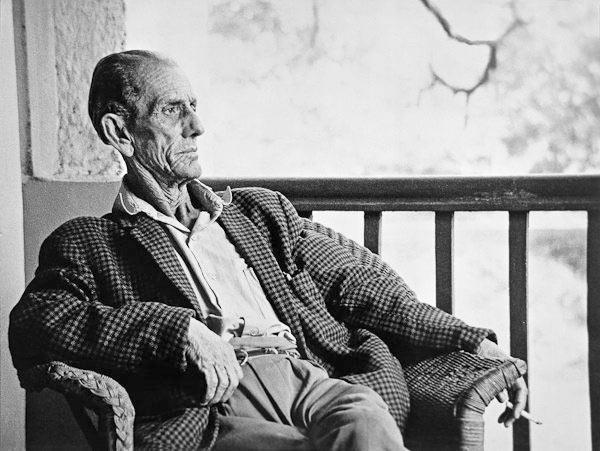
'Chicken George', Tollygunge, Calcutta, 1980
He says he was “curious” about Bollywood and thought it “natural to try it”. He fondly remembers Loha, a 1987 film where he worked with Dharmendra and Shatrughan Sinha. “Shotgun would always come on the set hours late but he was quick with his script. He was fantastic. Dharmendra would get his script in Urdu and I in Hindi. He would often help me get my diction right.”

Lovers Lane, Byculla, Bombay #2, 1982
So are his children drawn to Bollywood too? “They don’t speak the language,” he says. “It’s difficult, isn’t it? Their friends are all Indians but none speak Hindi.”
Kapoor knows better that his firang looks and accent did not exactly help him fit the mould of a Bollywood actor of that time. This drew him closer to his passion for photography.
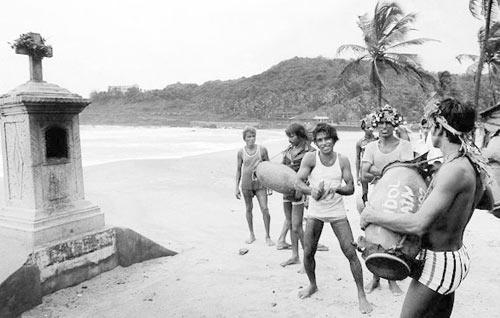
Baga Beach, Goa #1, 1983
“I always had a camera — Konica, instamatic — since I was perhaps 12. When I was in boarding school in London, I worked in the dark room,” says Kapoor, who knew photography was his calling as he worked in Mumbai as a photojournalist and still photographer on films.

Andheri, Bombay, 1981
Growing up in Mumbai, Kapoor remembers getting on his Bullet and riding along the sea front, watching the Kolis bring back their morning catch of fish. He recalls getting on the bus to Breach Candy and describes the lovely Portuguese style cottages that lined Bandra’s streets, now sadly replaced by skyscrapers. “We didn’t have an air conditioner at home, didn’t really need one. Now you need it everywhere. It’s all changed so much,” he says.
But, it’s not just Mumbai that has changed; the Goa he knew no longer exists. “My brother Kunal, sister Sanjana and I would go everywhere — the market, the church, the beach. There were just locals there. We hung out with friends and neighbours and it was such a wonderful time,” says Kapoor reminiscing about his childhood in the once rural town, now a thriving seaside resort.
Glimpses of this long forgotten history are captured in the Goa series of his upcoming photo exhibition Time & Tide, to be unveiled by Tasveer at Mumbai’s Tarq gallery between September 22 and October 16.
Kapoor’s favourite from his Goa collection is a portrait of his neighbour Shabin, taken on the day of his daughter’s wedding in 1995. “He was such an awesome man. Look at his personality, broad shoulders, prominent moustache, that strong jaw! He would often pop over to our house, have a feni or two with my parents and leave. He never overstayed his invitation or imposed himself on anyone. One picture that’s my favourite because of the man in it,” says Kapoor.
While most pictures in this collection are shots of random people on the streets, strangers he never met again, some are old connections he re-established when he took to social media.For instance, a musician family that owned a regal house where Kapoor shot some pictures, was re-discovered when he posted them on Facebook.
A picture of boys with drums on Baga beach in 1983, got him excitedly naming his friends and recalling the events of the day: “This was a sort of a ritual, have feni, dance, swim in the well... yes, that brought prosperity they believed... and then pray at this monument. I could never jump in the well with them, but I took part in the other festivities.”
His other project, the Anglo-Indian series, features pictures taken in Mumbai and Calcutta when he was working as a newspaper journalist. It is also a subject close to his heart.
“My girlfriend was in Calcutta and it gave me an excuse to board the Gitanjali Express and head off to see her under the guise of shooting there,” he smiles mischievously. This also coincided with the film 36 Chowringhee Lane wherein he had a small part.
Produced by his father and with his mother in a leading role, it had several members of the cast who were Anglo-Indians. “It showed me how old many members of this community were getting and I wanted to chronicle them,” says Kapoor.
Among them is a picture of a man named Stanley Peters, shot in Bombay in 1982. “He wore this suit — his wedding suit — almost every day since his wife passed away,” Kapoor says, still amazed at the love the couple shared.
Some “striking portraits” include Mr Carpenter wearing a hat and puffing a cigarette, who Kapoor believes “could easily play any Bollywood or even Hollywood character then” and ‘Chicken’ George (because he looked after chickens) who “looks so regal” shot in Calcutta, and Violet from Andheri who is “so gorgeous”.
These pictures and many more will be displayed as silver gelatine prints to give the photographs a “new life and depth”.
“It’s interesting how photography has evolved so much yet we now tend to go back to the old school prints,” says Kapoor. His journey from a young candid photographer in Mumbai to a renowned international commercial photographer in London has once again taken him back in time.
 Subscribe today by clicking the link and stay updated with the latest news!" Click here!
Subscribe today by clicking the link and stay updated with the latest news!" Click here!







